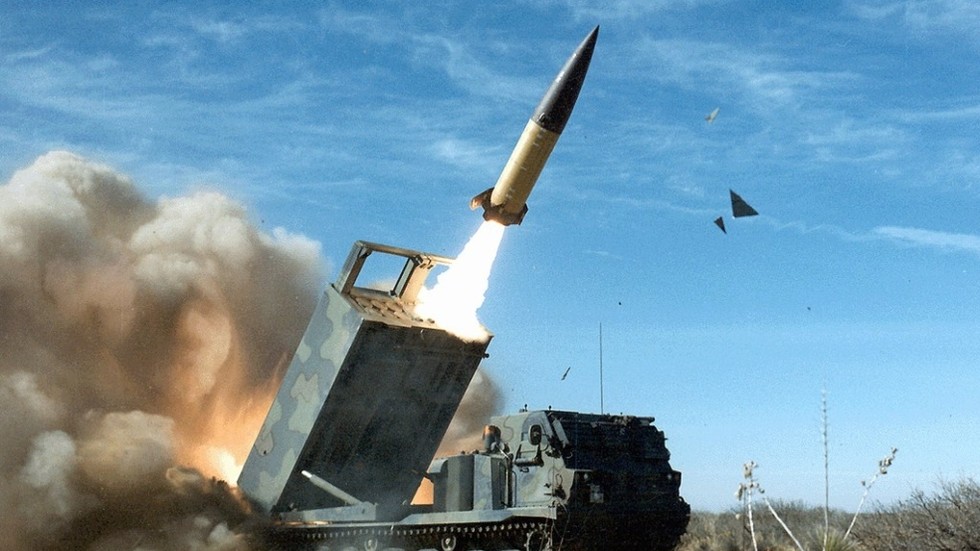U.S. President Joe Biden has firmly declined Ukraine’s request to lift restrictions on the use of Western-supplied long-range weapons against targets inside Russia. This decision comes amidst mounting pressure from Ukrainian President Volodymyr Zelensky, who has recently emphasized the necessity for the use of such weaponry in a strategic bid to reclaim territory occupied by Russian forces. Despite Zelensky’s renewed appeals, Biden clarified that there remains no consensus within his administration regarding the authorization of longer-range strikes, stating flatly, “Right now, there is no consensus for long-range weapons.” His remarks, made just before departing Berlin, reflect a continued hesitance from Washington to escalate military support to Ukraine to levels that could significantly provoke Russia.
The context surrounding Biden’s comments is critical. As Ukraine grapples with the ongoing conflict and seeks more advanced weaponry, the U.S. administration is deliberating the implications of such a move. Biden’s response also reveals the complexities involved in American military assistance, coupled with the overarching goal of maintaining stability in the region. Despite the refusal to grant Ukraine’s request, Biden confirmed that the U.S. would persist in supporting Ukraine, ensuring that the country retains access to vital military capabilities. This support was exemplified through a recent announcement of a new military aid package valued at $425 million, which will include additional anti-air and anti-tank missiles, alongside necessary artillery shells.
Zelensky, unveiling what he termed a “victory plan” to Ukrainian lawmakers, has stressed the urgency of acquiring longer-range weapons, specifically targeting both occupied Ukrainian territory and Russian territory itself. The Ukrainian leadership has submitted a revised list of proposed targets for the American-supplied ATACMS missiles, which are critical for countering Russian advancements. However, the U.S. remains cautious, with Defense Secretary Lloyd Austin asserting that allowing such strikes would not be a game-changer in the larger strategic landscape of the conflict. This position underscores the concern within the U.S. administration regarding the potential repercussions and escalatory dynamics of green-lighting more aggressive military capabilities for Ukraine.
Russia, on its part, has responded to the ongoing discussions of military aid to Ukraine with warnings regarding potential escalation. President Vladimir Putin has underscored the dangers associated with increasing military support to Ukraine, insinuating that it could lead NATO countries closer to direct conflict with Russia. Moscow’s stance is indicative of the tense geopolitical environment, with both sides weighing the risks of escalation against the imperatives of their respective military strategies. The dialogue surrounding the provision of longer-range weaponry thus reflects broader concerns about territorial integrity, national security, and the stability of European security frameworks.
Biden’s reiteration of support for Ukraine, despite the refusal to lift restrictions, presents a delicate balancing act for the U.S. administration. As Ukraine continues to plead for more sophisticated military instruments, the Biden administration must also navigate the risks of exacerbating the conflict and provoking a stronger Russian response. This complexity is amplified by the interplay of domestic and international political considerations that impact U.S. foreign policy decisions. Biden’s comments signal a commitment to aiding Ukraine while simultaneously maintaining caution about the territorial boundaries imposed by military aid restrictions.
In summary, the current state of military aid and geopolitical maneuvering between Ukraine and Russia underscores the profound complexities at play. As President Biden remains consistent in his approach to limit the transfer of long-range weaponry to Ukraine, he acknowledges the necessity of ongoing support through other channels. Zelensky’s push for enhanced capabilities against a formidable adversary like Russia continues to resonate within Ukraine, but the strategic calculus from Washington remains cautious. This ongoing dialogue and its implications for the future of U.S.-Ukraine relations will likely play a pivotal role in shaping the course of the conflict as both nations assess their paths forward against a backdrop of increasing tensions and uncertainties.

